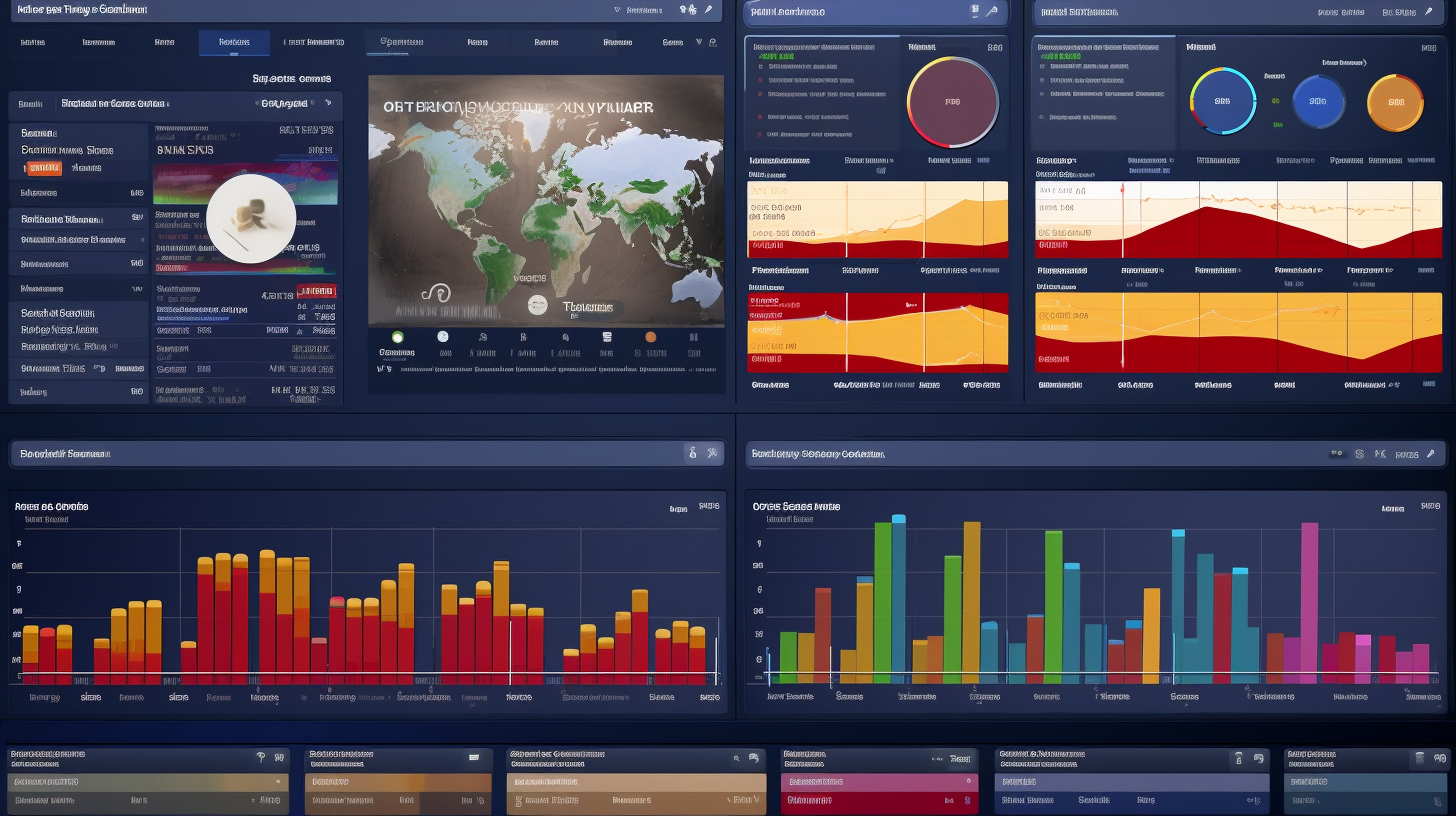
Takt Time is a fundamental concept in the field of production and operations management. It is a key concept used to plan and optimize manufacturing processes while effectively meeting market demands. In this article, we will delve into the definition of Takt Time, its significance, and how it is calculated.
What Is Takt Time?
Takt Time is a term of German origin (Taktzeit), which translates to “rhythm” in English. It represents the rate at which a product must be manufactured to meet the market or customer demand. In other words, Takt Time is the available time to produce a product or service to satisfy customer demand while maintaining smooth and efficient production.
Takt Time can be considered as a sort of metronome for production. It sets the tempo at which products or services need to be created to avoid bottlenecks, minimize waste, and ensure that demand is met on time.
Why Is Takt Time Important?
Takt Time is crucial for several reasons:
1. Production Synchronization: By setting a Takt Time, a company aligns its production with the pace of demand. This helps to avoid overproduction or underproduction, which can lead to additional costs or customer dissatisfaction.
2. Waste Reduction: It promotes the identification and elimination of waste in production processes. It encourages the search for ways to optimize production and reduce unnecessary costs.
3. Improved Planning: By knowing it, companies can better plan their resources, including labor, machinery, and raw materials. This promotes more efficient resource utilization and better inventory management.
4. Customer Satisfaction: By producing at the Takt Time, a company is more likely to deliver products or services on time, leading to improved customer satisfaction.
How to Calculate Takt Time?
Calculating Takt Time is relatively straightforward and is based on the following formula:
Takt T. = Available Working Time / Customer Demand
- Available Working Time: This is the total working time available per day, per shift, or any other relevant time unit. It excludes planned downtime (breaks, maintenance, etc.).
- Customer Demand: This is the total quantity of products or services that customers demand within the same time period as the available working time.
Once you have these two values, you simply divide the available working time by customer demand to obtain the Takt Time. For example, if you have 480 minutes of available working time per day and the customer demand is 240 units, the Takt Time would be 2 minutes per unit.
In Summary
Takt Time is a vital concept in production management. It enables production to be synchronized with customer demand, process optimization, and waste reduction. By calculating it, companies can better plan their operations, improve customer satisfaction, and maintain efficient production. It is a powerful tool for businesses seeking to maximize their operational efficiency.




Be the first to comment